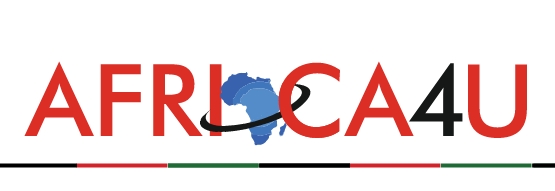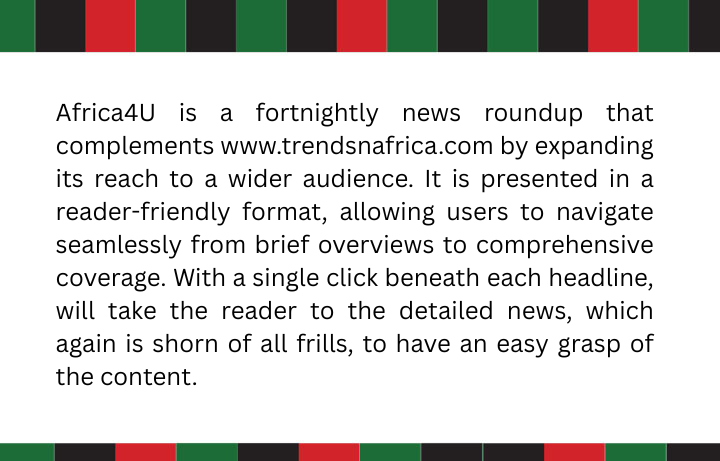(5 Minutes Read)
The Simandou project, now Africa’s largest mining and infrastructure initiative, represents a monumental opportunity for Guinea to further enhance its economic prospects.
Thanks to its rich mineral deposits, the Republic of Guinea is rapidly becoming a central player in the global mining sector. Among these resources, the Simandou mountain range holds the world’s largest untapped reserves of high-grade iron ore, estimated at over 2 billion tons. The West African country is also a top global exporter of bauxite and possesses substantial reserves of gold, diamonds, graphite, and nickel. This makes Guinea’s mining sector a key driver of economic growth and development.
Mining in Guinea not only contributes to government revenue but also plays a significant role in the country’s economy. In 2021, mining accounted for 84%of the nation’s total exports and 21% of its GDP, with bauxite reserves estimated at 7.4 billion tons—marking Guinea as the world’s largest supplier of bauxite according to the IMF. The Simandou project, now Africa’s largest mining and infrastructure initiative, represents a monumental opportunity for Guinea to further enhance its economic prospects.
However, extracting and transporting these valuable resources presents enormous logistical challenges. The successful extraction of these minerals, particularly iron ore, depends on a strong logistics infrastructure that can handle the complexities of mining operations. This is where MSC Mediterranean Shipping Company, in partnership with the Guinean government and other stakeholders, plays a crucial role in ensuring the efficiency and success of large-scale mining projects like Simandou.
Guinea is the world’s top exporter of bauxite, surpassing both Vietnam and Australia and a major supplier to China. Beyond bauxite, Guinea’s Simandou mountain range contains over two billion tons of iron ore, marking the deposit as the world’s largest known reserve of high-grade iron ore. Experienced private companies and the State of Guinea are key stakeholders in the ongoing development of this resource.
The need to move massive equipment—such as the 57-ton excavators recently transported by MSC—across multiple ports and over rugged terrain demands precise logistical coordination. MSC, in partnership with the Government of Guinea and other stakeholders, is playing a crucial role in the Simandou project, Africa’s largest mining and infrastructure development.
The company’s efforts extend beyond maritime logistics. Through its subsidiary, MSC provides intermodal transportation services, including roads, to connect mining sites with ports. This holistic approach to logistics ensures that Guinea’s mineral resources can be efficiently extracted and exported, bolstering the country’s standing in the global mining market.
Despite the progress being made, logistical challenges in Guinea remain significant. The country’s road network is under strain, particularly during the rainy season when many routes become impassable. This raises the cost of transporting goods and extends delivery times, which can be detrimental to mining operations. Furthermore, while the country’s container terminal is recognized as the most efficient in West Africa for the third year in a row, there is room for further development of the nation’s port and rail infrastructure to meet the increasing demand driven by mining projects.
Read Also:
https://trendsnafrica.com/political-parties-dissolved-in-guinea-by-military-junta/
The Guinean government, in partnership with the private sector, is making strides to address these challenges including a 600-mile railway line. This railway, in addition to a new port in the Morebaya area, will serve both industrial and civilian needs, providing much-needed infrastructure to support Guinea’s economic growth.





